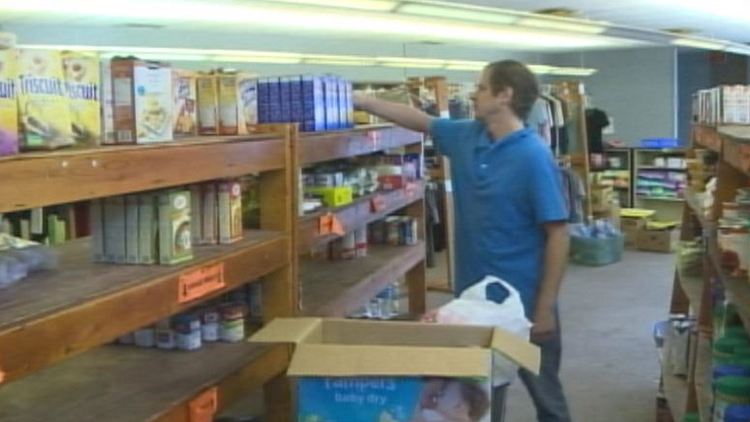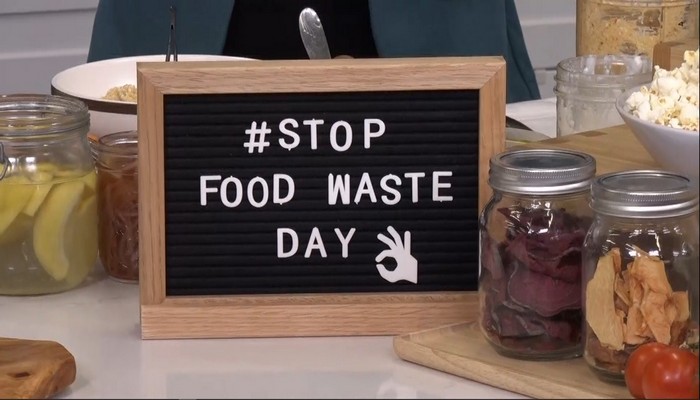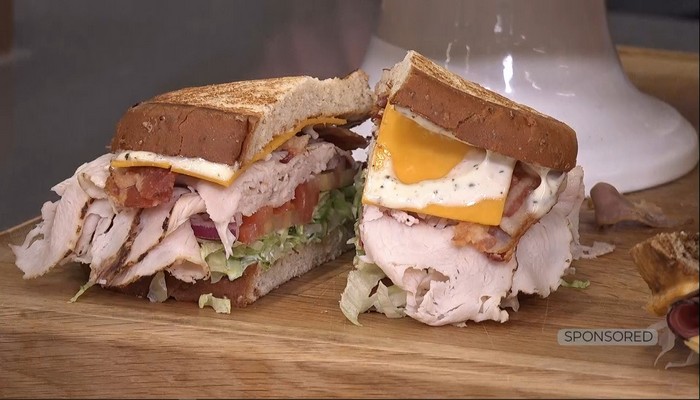
Five year poverty plan

[projekktor id=’14827′]
The province rolled out its five-year poverty reduction strategy earlier today. And while it’s looking at extending health benefits to kids if their families can’t afford them. Local agencies and people in poverty say there is still a lot of room for improvement.
Laura Cattari is one of 80-thousand Hamilton residents living below the poverty line. Diagnosed with chronic pain, she’s been on social assistance for over a decade: “I find it really difficult, even though Hamilton is known to be an affordable city, to keep up with the inflation and finding my income doesn’t quite meet my basic needs.”
“Normally all of these shelves are double stacked.”
Hamilton’s Dream Center is also struggling to meet people’s basic needs. A change in ownership at the grocery store it receives the majority of its food from has resulted in bare shelves and the closest it’s come to shutting its doors.
Faith Simms is with the Hamilton Dream Center: “Seven out of ten kids in this neighbourhood alone go to school without breakfast so I can imagine what their lunches look like. It’s a very high poverty rate, 11 percent higher than the national average in this area of the city, so there’s a huge need.”
18-thousand Hamiltonians use food banks each month and the number of people living below the poverty line is 15.7 percent, higher than the provincial average of 13 percent. The government is now rolling out its latest plan to help reduce poverty in Ontario and to put an end to homelessness. One local agency says there were a few key points missing in the announcement.
Tom Cooper, Hamilton Roundtable for Poverty Reduction: “We were looking for a significant reform of social assistance in Ontario. Social assistance hasn’t been reformed in a generation. Ppeople living on Ontario Works and Ontario Disabilities support are really living on some of the deepest poverty in the province. We need those rates increased so they can start moving out of poverty and escape the poverty cycle.”
And Laura agrees: “In my own case, even a modest increase in social assistance rates means less doctors visits.”
Officials from the province are expected to meet with local agencies to discuss ways to improve the plan within the next few weeks.
While the Dream Center has received an overwhelming response since announcing it may have to close its doors, more food and other donations are always needed. It’s the same with the food bank at Saint Matthews. Summertime tends to be a very slow period for them because donors are on vacation and the demand from clients is higher because kids are out of school.







